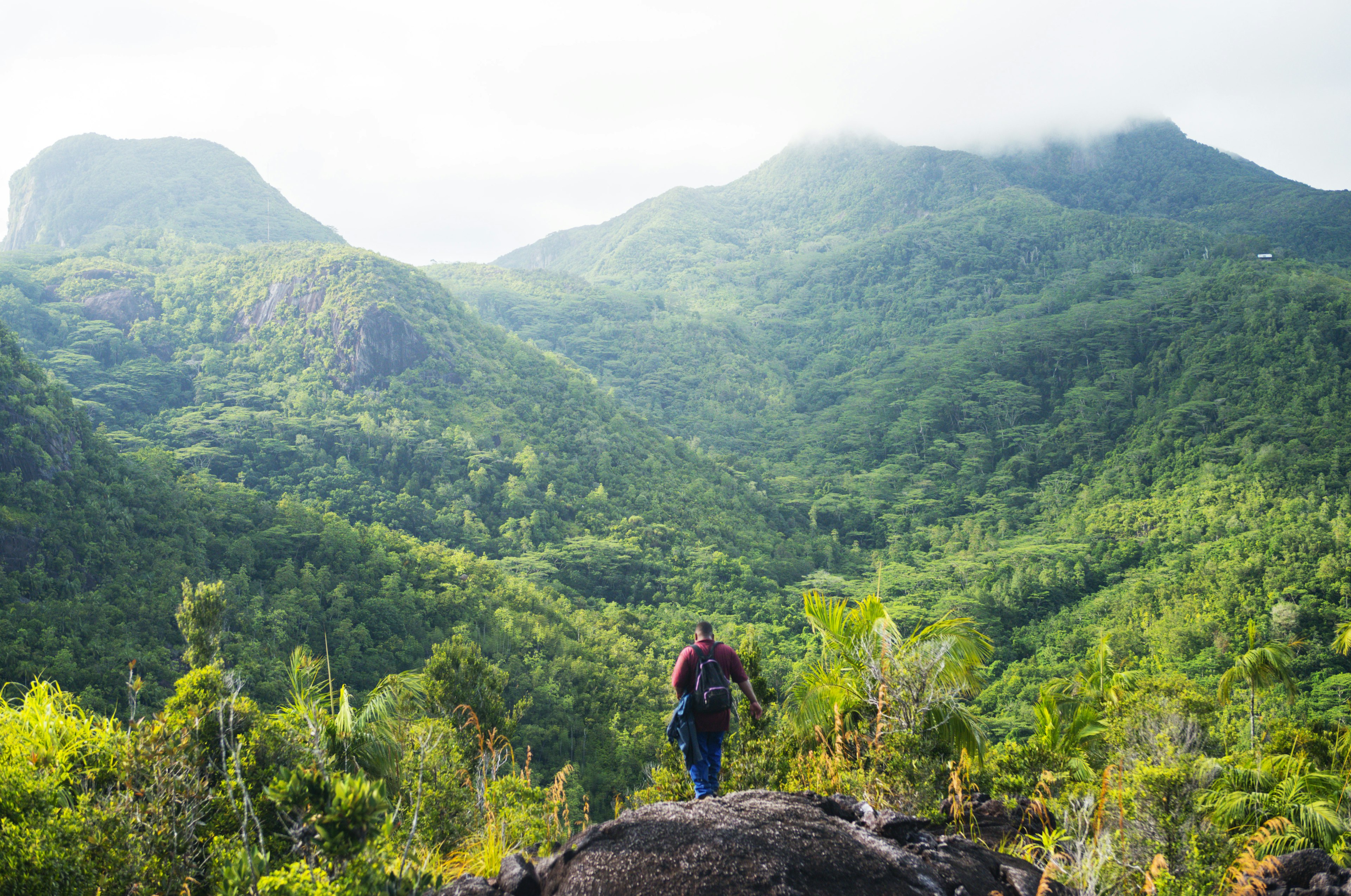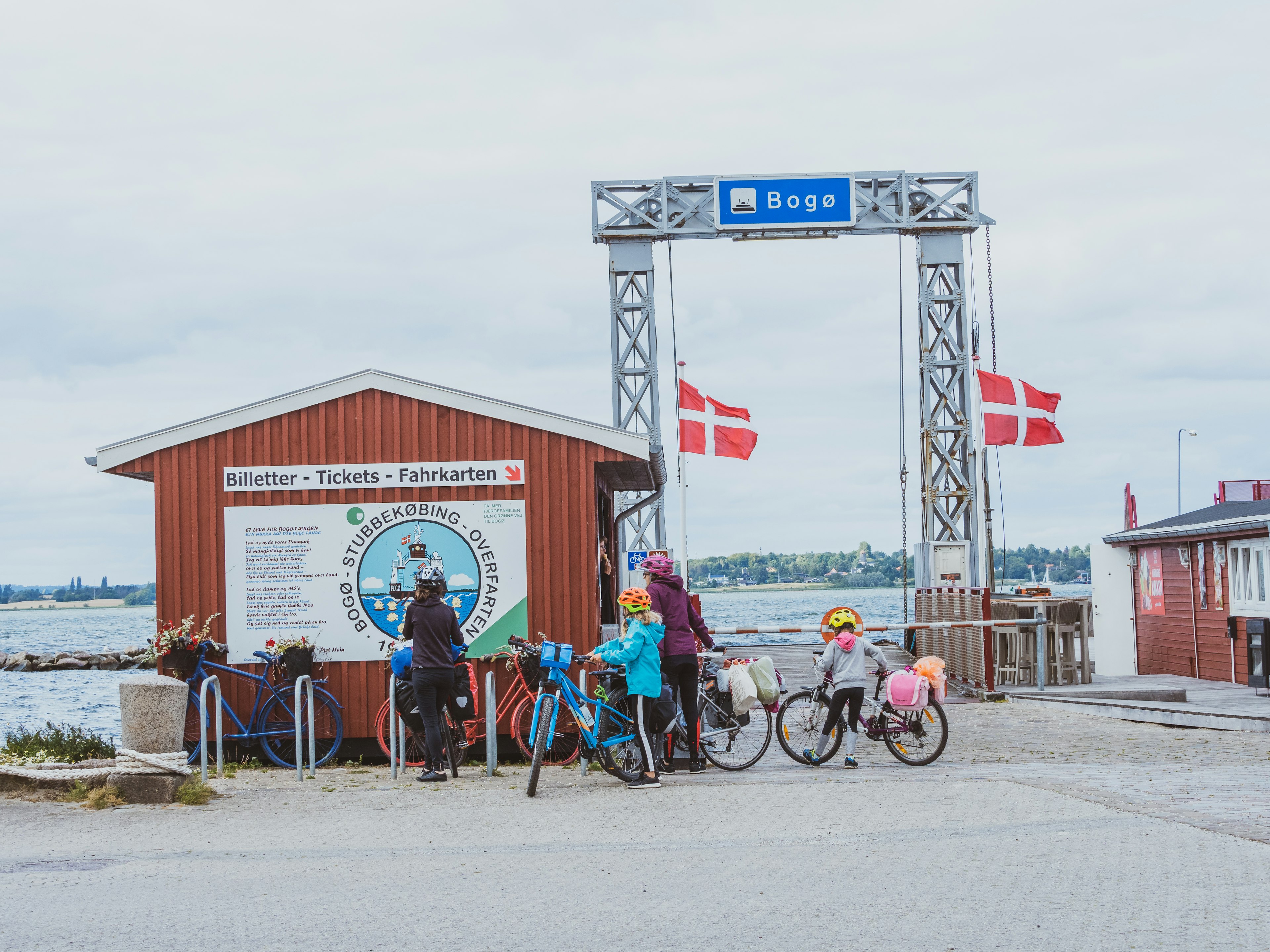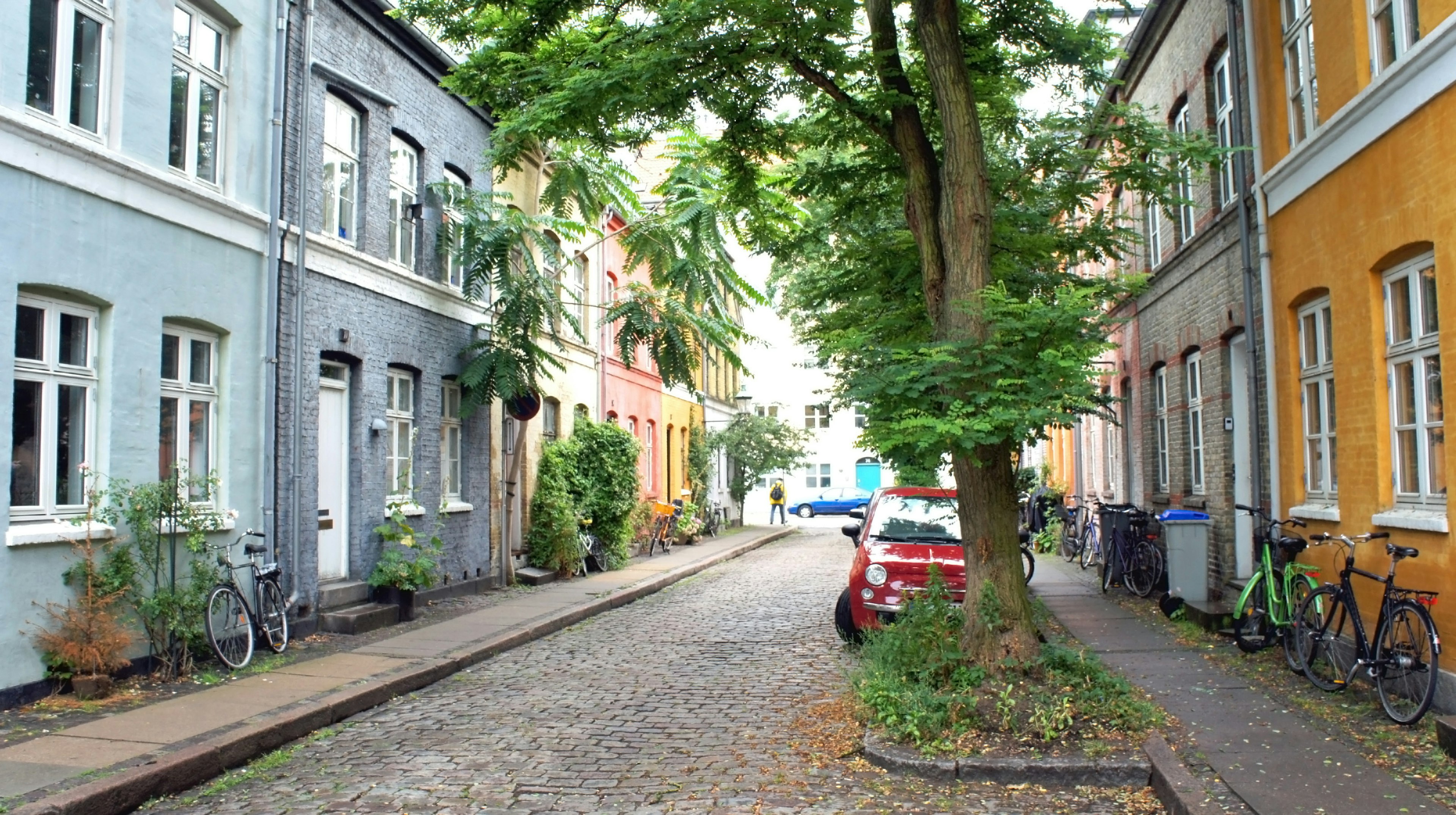Recientemente, la editora de destinos de Lonely Planet, Melissa Yeager, viajó a Playa del Carmen para disfrutar de la tranquila belleza natural de uno de sus eco-resorts. Aquí, comparte algunos consejos y observaciones para aquellos que planean un viaje similar.
Inevitablemente, uno encuentra destinos y hoteles que te hacen pensar al instante, en las palabras de Liz Lemon: “Quiero ir allí.”
Esa sensación me envolvió cuando vi por primera vez las imágenes del Hotel Xcaret circulando en las redes sociales hace varios años. Revisé docenas de fechas posibles, pero estaba completamente reservado y tuve que dejar que el sueño de nadar por las aguas turquesas de los ríos subterráneos de Xcaret decorados con estalactitas se desvaneciera de mi mente.
El primer Xcaret (se pronuncia Ish-cah-ret) abrió como un parque ecológico natural en 1990 en Playa del Carmen, a poco más de una hora en auto del Aeropuerto Internacional de Cancún. El arquitecto Miguel Quintana Pali originalmente tenía la intención de construir la casa de sus sueños en la propiedad, pero al comenzar a despejar el terreno para la construcción, descubrió cenotes, ríos subterráneos y ruinas mayas en el sitio. En lugar de quedárselo para él, lo desarrolló en el primer parque ecológico de México y un homenaje a su país y cultura.

En los últimos años, el popular Grupo Xcaret ha ampliado su cartera para incluir cinco parques temáticos y tres lujosos resorts todo incluido que brindan no solo toda tu comida, bebida y actividades en la propiedad, sino también entrada a los parques temáticos.
Entonces, cuando Xcaret me invitó a explorar la propiedad, mi respuesta fue inmediatamente positiva. Pero me preguntaba: ¿cumpliría con las expectativas? ¿Serían los parques temáticos maravillas naturales o versiones “a lo Disney” de lo real? Aquí está lo que viví.
¿Dónde te hospedaste? ¿Cuál era el ambiente?
Me alojé en el resort original Hotel Xcaret México – el más grande de las propiedades con 900 habitaciones distribuidas en cinco edificios, todos ubicados con delicadeza entre el exuberante paisaje de río y playa.

Con tantas habitaciones, pensarías que el resort se sentiría lleno. Y así es en el vestíbulo, donde sientes cuántas personas están hospedadas en este resort. Sin embargo, el movimiento frenético de personas registrándose y el traslado de equipaje queda confinado a esa área. Una vez que te adentras en la impresionante vegetación y canales del resort, a menudo olvidas que este es un espacio grande. Tiene un ambiente elegante y muchos lugares tranquilos para relajarse.
. Attempting to align its visitors with suitable accommodations, the resort considers the ages of individuals staying in a room. Commonly, they arrange families with younger children in close proximity to one another in areas with age-appropriate amenities (such as a shallow pool near a family-friendly buffet and a bar overlooking the pool for guardians). In contrast, there is a building exclusively for adults (as well as their adults-only establishment Hotel Xcaret Arte) featuring a private rooftop pool with a bar and a swim-through clear tunnel perfect for Instagram moments.
A five-diamond luxury experience is offered by Xcaret, reflected in its price, which ranges from US$650-$1000 per night. However, before being deterred by the cost, consider calculating to check if it fits into your budget. The cost covers entrance to the parks and all amenities on the resort (such as paddleboarding, kayaking, and floating down the river), as well as meals, drinks (including alcohol), room service, and airport transfers.
¿Lo más delicioso que probaste?

Los alimentos en el resort son todo incluido, ofreciendo un total de 35 restaurantes que varían desde carritos ubicados en diferentes sitios imitando la famosa escena de comida callejera mexicana hasta un Mercado con tortillas frescas hechas a mano.
Sin embargo, un restaurante en particular destacó – HA’ (que significa agua en maya). Creado por el chef Carlos Gaytán, su menú de degustación de siete tiempos recientemente fue galardonado con una estrella Michelin y es abierto al público. Este es de los pocos lugares donde se requiere un cargo adicional en el resort.

Cuesta US$150, pero para quienes disfrutan de la alta cocina y el vino, resulta una experiencia formidables, dadas las circunstancias del coste. Cada plato –desde el Wagyu, pasando por el Beignet, hasta el Filete Mignon– es un verdadero placer culinario. No obstante, el plato que más me impresionó fue los escamoles (caviar de insecto). Están bien sazonados y son sabrosos, siendo algo únicamente disponible en este destino.
y una excelente introducción a los insectos si es la primera vez que los pruebas.

¿Cuál fue tu experiencia favorita durante el viaje?
Sin duda, los ríos alrededor del resort y en el parque Xplor. Fue la experiencia más apacible. Ponte un chaleco salvavidas (y un casco en Xplor) y flota. En Xplor, me encantó la calma de flotar en las aguas azul turquesa y cristalinas mientras admiraba las estalactitas que adornaban el techo sobre mí. El río al aire libre en el resort fue un gran medio de refrescarse en una tarde cálida mientras notabas pequeños detalles – una cascada, un tobogán acuático, hamacas en cuevas. Fue una vivencia realmente encantadora.

¿Qué fue lo más turístico que hiciste?
Xoximilco. No es un error. La “ch” ha sido reemplazada por la “X” de Xcaret y sí, la velada en barco con ambiente de fiesta está inspirado en los auténticos jardines flotantes de Xochimilco, un sitio de Patrimonio Mundial de la UNESCO en la Ciudad de México. El parque no intenta ser igual al verdadero Xochimilco (¿cómo podría serlo?) pero tiene como objetivo replicar el espíritu cultural y comunitario del original.
Luego de vivir ambas experiencias, creo que Xoximilco evoca esa misma sensación de embarcarse en las trajineras (góndolas) para una jornada de celebración, pero estas están diseñadas para ofrecer una experiencia más lujosa y sofisticada que las de CDMX; piensen en neveras llenas de cervezas, refrescos y cócteles premezclados y una comida de tres tiempos, además de que el bote se limpia entre paradas. A pesar de esto, la experiencia logra recrear la calidez de la comunidad, la música y el baile que convierte al original en un evento inolvidable.
Las embarcaciones navegan a diferentes estaciones que albergan música de mariachi y tradicionales canciones mexicanas, mientras el guía te anima a bailar, comer y beber. Si viajas en grupo, sería una manera excepcional de iniciar la aventura.
¿Qué fue lo que menos esperabas?
Tantos momentos alegres de dulces sorpresas esparcidas por todo el resort y parques. En el vestíbulo, hay un carrito con paletas. Mientras flotábamos en el río que rodea el resort, encontramos cuevas con hamacas y un tobogán acuático oculto. Relajándonos junto a la piscina, de repente apareció una banda tocando un xilófono. En el parque temático Xenses, después de salir de una atracción, descubrimos un limonero donde podías obtener una pequeña copa de limonada fresca y refrescante para disfrutar. Estas sorpresas están distribuidas por todo el resort como confeti, así que asegúrate de mantener los ojos bien abiertos.

¿Qué fue lo más útil que empacaste?
Zapatos para el agua, una camiseta con protección solar y una funda impermeable para mi teléfono. Todos ellos resultaron útiles en varias ocasiones. La camiseta con protección solar me liberó de tener que reaplicar constantemente protector solar mientras estaba en el parque.
Lamento no haber empacado algunos pantalones cortos de secado rápido para usar en los parques temáticos. Vas de los toboganes de agua y ríos subterráneos a las tirolesas, y usar pantalones cortos en lugar de trajes de baño habría sido mucho más cómodo.
¿El mejor consejo para alguien que quiere planear el mismo viaje?
Tengo algunos para compartir. Primero, reserva con antelación. La propiedad se enorgullece de sus altas tasas de ocupación, así que planea con anticipación para obtener las fechas que deseas.
Segundo, reserva tus citas para el spa y los restaurantes especializados temprano, ya que se llenan. No te preocupes, hay numerosos lugares para comer, pero si deseas entrar en uno de los lugares especializados, piensa con anticipación.
Finalmente, aprovecha todas las cámaras para selfies ubicadas alrededor del complejo. Escanea tu pulsera y la cámara preubicada tomará tu foto. Luego, cuando regreses a tu habitación al final de la noche, enciende la televisión y el complejo tiene un canal donde puedes ver tus fotos. Toma una copa de vino y ríe con tus compañeros de viaje al ver todas tus fotos graciosas del día.
Melissa se hospedó en el Hotel Xcaret México y visitó los parques relacionados por invitación del complejo. Lonely Planet no acepta obsequios a cambio de reseñas positivas.

















